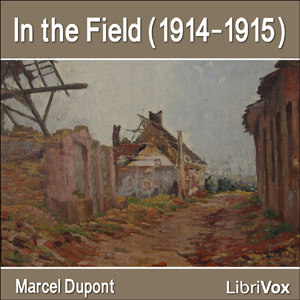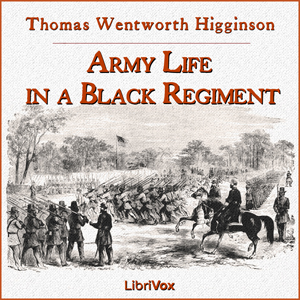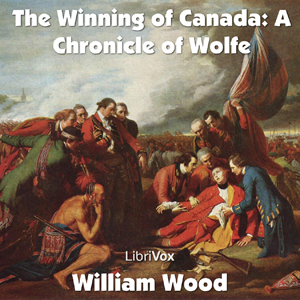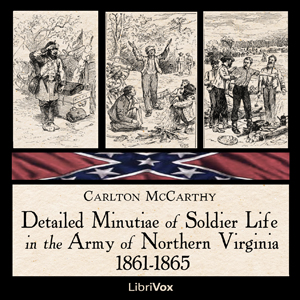- Author's Preface
- Chaper 1 - War - Section 1
- Chaper 1 - War - Section 2
- Chaper 1 - War - Section 3
- Chaper 1 - War - Section 4
- Chaper 1 - War - Section 5
- Chaper 1 - War - Section 6
- Chaper 1 - War - Section 7
- Chaper 1 - War - Section 8
- Chaper 1 - War - Section 9
- Chaper 1 - War - Section 10
- Chaper 1 - War - Section 11
- Chaper 1 - War - Section 12
- Chaper 1 - War - Section 13
- Chaper 1 - War - Section 14
- Chaper 1 - War - Section 15
- Chaper 2 - Religion - Section 1
- Chaper 2 - Religion - Section 2
- Chaper 2 - Religion - Section 3
- Chaper 2 - Religion - Section 4
- Chaper 2 - Religion - Section 5
- Chaper 2 - Religion - Section 6
- Chaper 2 - Religion - Section 7
- Chaper 2 - Religion - Section 8
- Chaper 2 - Religion - Section 9
- Chaper 2 - Religion - Section 10
- Chaper 2 - Religion - Section 11
- Chaper 2 - Religion - Section 12
- Chaper 3 - Liberty - Section 1
- Chaper 3 - Liberty - Section 2
- Chaper 3 - Liberty - Section 3
- Chaper 3 - Liberty - Section 4
- Chaper 3 - Liberty - Section 5
- Chaper 3 - Liberty - Section 6
- Chaper 3 - Liberty - Section 7
- Chaper 3 - Liberty - Section 8
- Chaper 3 - Liberty - Section 9
- Chaper 4 - Intellect - Section 1
- Chaper 4 - Intellect - Section 2
- Chaper 4 - Intellect - Section 3
- Chaper 4 - Intellect - Section 4
- Chaper 4 - Intellect - Section 5
- Chaper 4 - Intellect - Section 6
- Chaper 4 - Intellect - Section 7
- Chaper 4 - Intellect - Section 8
- Chaper 4 - Intellect - Section 9
- Chaper 4 - Intellect - Section 10
- Chaper 4 - Intellect - Section 11
- Chaper 4 - Intellect - Section 12
- Chaper 4 - Intellect - Section 13
- Chaper 4 - Intellect - Section 14
William Winwood Reade (1838 - 1875) was a British historian, explorer, and philosopher.
His most famous work, the Martyrdom of Man (1872)—whose summary running head reads "From Nebula to Nation"—is a secular, "universal" history of the Western world. Structurally, it is divided into four "chapters" of approximately 150 pages each: the first chapter, "War", discusses the imprisonment of men's bodies, the second, "Religion", that of their minds, the third, "Liberty", is the closest thing to a conventional European political and intellectual history, and the fourth, "Intellect", which discusses the cosmogony characteristic of a "universal history"
Cecil Rhodes, an English-born South African politician and businessman, said that the book "made me what I am". Other admirers of The Martyrdom of Man included H. G. Wells, Winston Churchill, Harry Johnston, George Orwell, Susan Isaacs, A. A. Milne and his son Christopher Robin, and Michael Foot. A laudatory reference is made to the book by Sherlock Holmes in the Sign of the Four. - Summary by Wikipedia
His most famous work, the Martyrdom of Man (1872)—whose summary running head reads "From Nebula to Nation"—is a secular, "universal" history of the Western world. Structurally, it is divided into four "chapters" of approximately 150 pages each: the first chapter, "War", discusses the imprisonment of men's bodies, the second, "Religion", that of their minds, the third, "Liberty", is the closest thing to a conventional European political and intellectual history, and the fourth, "Intellect", which discusses the cosmogony characteristic of a "universal history"
Cecil Rhodes, an English-born South African politician and businessman, said that the book "made me what I am". Other admirers of The Martyrdom of Man included H. G. Wells, Winston Churchill, Harry Johnston, George Orwell, Susan Isaacs, A. A. Milne and his son Christopher Robin, and Michael Foot. A laudatory reference is made to the book by Sherlock Holmes in the Sign of the Four. - Summary by Wikipedia
There are no reviews for this eBook.
There are no comments for this eBook.
You must log in to post a comment.
Log in











